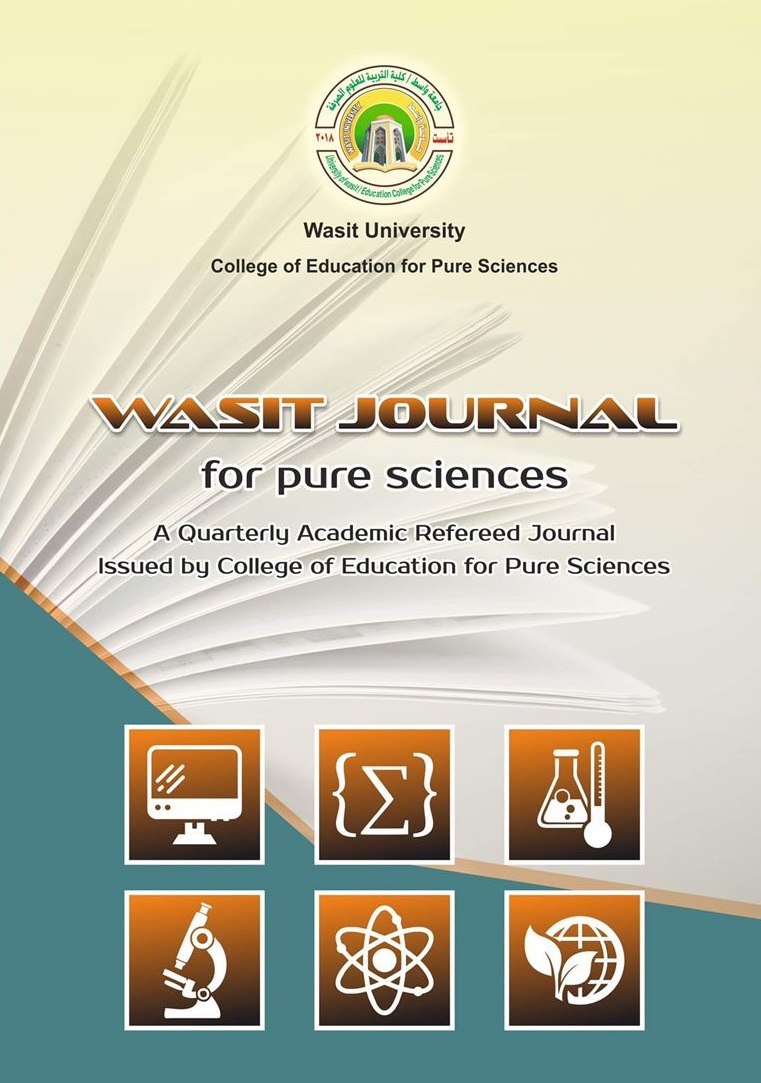Experimental Analysis of Random Forest and LSTM Models for Optimizing CPU Efficiency in Cloud Computing
DOI:
https://doi.org/10.31185/wjps.893Keywords:
Keywords: Cloud computing, CPU efficiency, Random Forest, LSTM, machine learning, resource optimization, performance prediction, time-series analysis.Abstract
Cloud computing provides scalable and on-demand computational resources; nevertheless, effective utilization of the CPU is a critical issue because insufficient provisioning can result in higher latency and increased energy consumption. This research aims to measure, assess, and optimize CPU performance in cloud systems through the use of two machine learning models, namely, Random Forest (RF) and Long Short-Term Memory (LSTM), and subsequently using the Multi-Objective Grey Wolf Optimizer (MOGWO) to optimize the hyperparameters of the models to predict time series. The models were evaluated on the Google 2019 cluster trace using common metrics (Accuracy, Precision, Recall, and F1). The experimental findings demonstrate that optimization using MOGWO is an effective method for enhancing the performance of the models. Specifically, the accuracy of the Random Forest model increased from 65.15% to 89.70%, while the LSTM model improved from 95.02% to 98.60%, with consistent gains in precision, recall, and F1-score. These results verify the usefulness of the optimized models in forecasting the patterns of CPU usage and optimizing the use of CPU in cloud computing systems.
References
1. S. S. Panwar, M. M. S. Rauthan, V. Barthwal, N. Mehra, and A. Semwal, "Machine learning approaches for efficient energy utilization in cloud data centers," Procedia Computer Science, vol. 235, pp. 1782–1792, 2024.
2. M. Abouelyazid, "Machine Learning Algorithms for Dynamic Resource Allocation in Cloud Computing: Optimization Techniques and Real-World Applications," Journal of AI-Assisted Scientific Discovery, vol. 1, no. 2, pp. 1–58, 2021.
3. "Application of supervised machine learning algorithms in cloud computing," SpringerLink, 2022.
4. R. Khan, "Dynamic Load Balancing in Cloud Computing: Optimized RL-Based Clustering with Multi-Objective Optimized Task Scheduling," Processes, vol. 12, no. 519, 2024.
5. R. S. S. Dittakavi, "A Joint Resource Allocation, Security with Efficient CPU Management Model," Elsevier, 2021.
6. Y. Saadi and S. El Kafhali, "Energy-efficient strategy for virtual machine consolidation in cloud environment," Soft Computing, 2020.
7. S. Jayaprakash, M. D. Nagarajan, R. P. de Prado, S. Subramanian, and P. B. Divakarachari, "A Systematic Review of Energy Management Strategies for Resource Allocation in the Cloud: Clustering, Optimization and Machine Learning," Energies, vol. 14, no. 5322, 2021.
8. V. Dakić, M. Kovač, and J. Slovinac, "Evolving High-Performance Computing Data Centers with Kubernetes, Performance Analysis, and Dynamic Workload Placement Based on Machine Learning Scheduling," Electronics, vol. 13, no. 2651, 2024.
9. Y. Gong, R. A. Adjei, G. Tao, Y. Zeng and C. Fan, “An Improved Multi-Objective Grey Wolf Optimizer for Aerodynamic Optimization of Axial Cooling Fans,” Applied Sciences, vol. 15, no. 9, p. 5197, May 2025. [Online]. Available: https://doi.org/10.3390/app15095197
10. Z. Ahamed, M. Khemakhem, F. Eassa, F. Alsolami, and A. S. A.-M. Al-Ghamdi, "Technical study of deep learning in cloud computing for accurate workload prediction," Electronics, vol. 12, no. 3, p. 650, 2023.
11. B. Sabzipour et al., "Comparing a long short-term memory (LSTM) neural network with a physically-based hydrological model for streamflow forecasting over a Canadian catchment," Journal of Hydrology, vol. 627, Article 130380, 2023.
12. J. Jeyaraman, S. V. Bayani, and J. N. Arasu Malaiyappan, "Optimizing Resource Allocation in Cloud Computing Using Machine Learning," European Journal of Technology, vol. 8, no. 3, pp. 12–22, 2024.
13. Y. Gong et al., "Dynamic resource allocation for virtual machine migration optimization using machine learning," in Conf. on Cloud Computing Technologies, 2024.
14. M. Theodore, "Strategies for efficient cloud resource management and cost optimization," Journal of Engineering Science, vol. 1, no. 1, pp. 186–196, 2024.
15. V. K. Amarnath, "Engaging techniques for effective resource allocation in cloud computing: Improving performance, availability, and cost management," International Journal on Science and Technology (IJSAT), vol. 16, no. 1, pp. 1–8, 2025.
16. Y. Wang and X. Yang, "Intelligent resource allocation optimization for cloud computing via machine learning," Advances in Computer, Signals and Systems, vol. 9, no. 1, pp. 55–60, 2025.
17. E. Hato, Z. S. Abduljabbar, and Z. J. Ahmed. Comparative Analysis for Bag of Features (BoF) Performance. Iraqi Journal of Science 65, 4606–4622 (2024).
18. E. Hato. Temporal Video Segmentation Using Optical Flow Estimation. Iraqi Journal of Science 62(11), 4181–4194 (2021).
19. C. J. Willmott and K. Matsuura. Advantages of the mean absolute error (MAE) over the root mean square error (RMSE) in assessing average model performance. Climate Research 30(1), 79–82 (2005). https://doi.org/10.3354/cr030079.
Downloads
Published
Issue
Section
License
Copyright (c) 2025 Sajjad Adnan Ajeel, Sundos A. Hameed

This work is licensed under a Creative Commons Attribution 4.0 International License.









